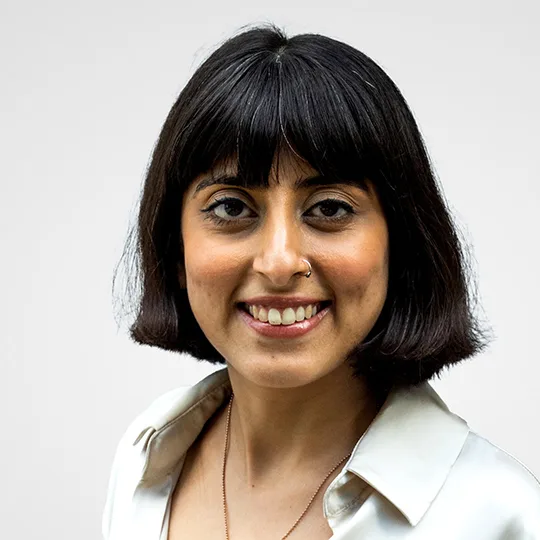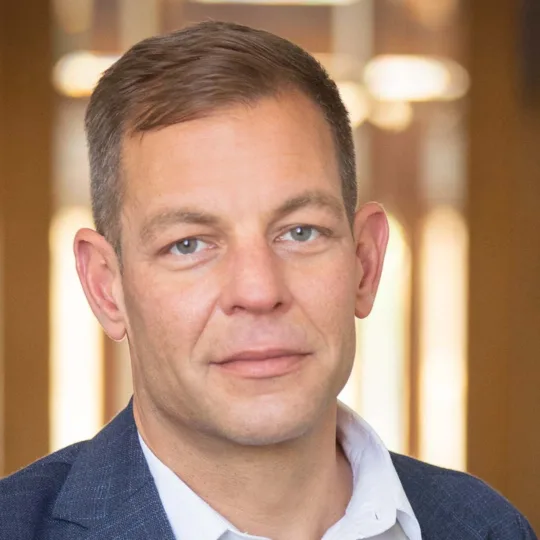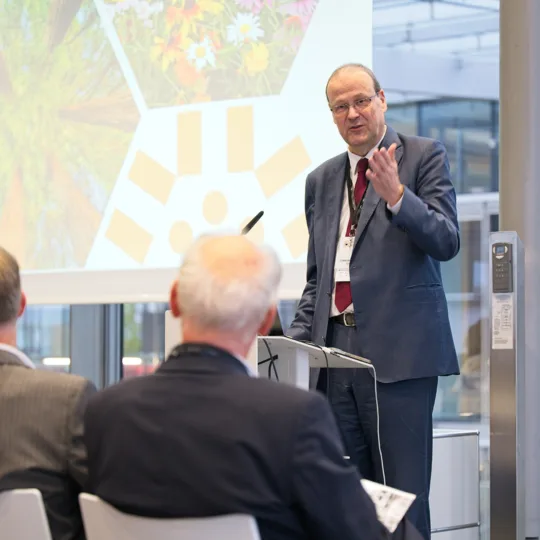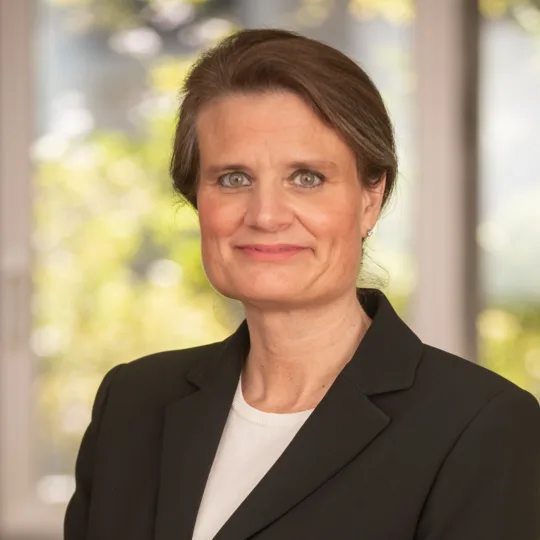Tackling antimicrobial resistance (AMR) together through the Indo-Swiss AMR Innovation Dialogue
In this conversation, Markus Seeger, Professor, Institute of Medical Microbiology at the University of Zurich and Co-Organiser of the Indo-Swiss AMR Innovation Dialogue reflects on why AMR demands immediate action, what made the AMR Dialogue’s structure uniquely impactful and how bilateral collaboration can fill critical knowledge and infrastructure gaps.
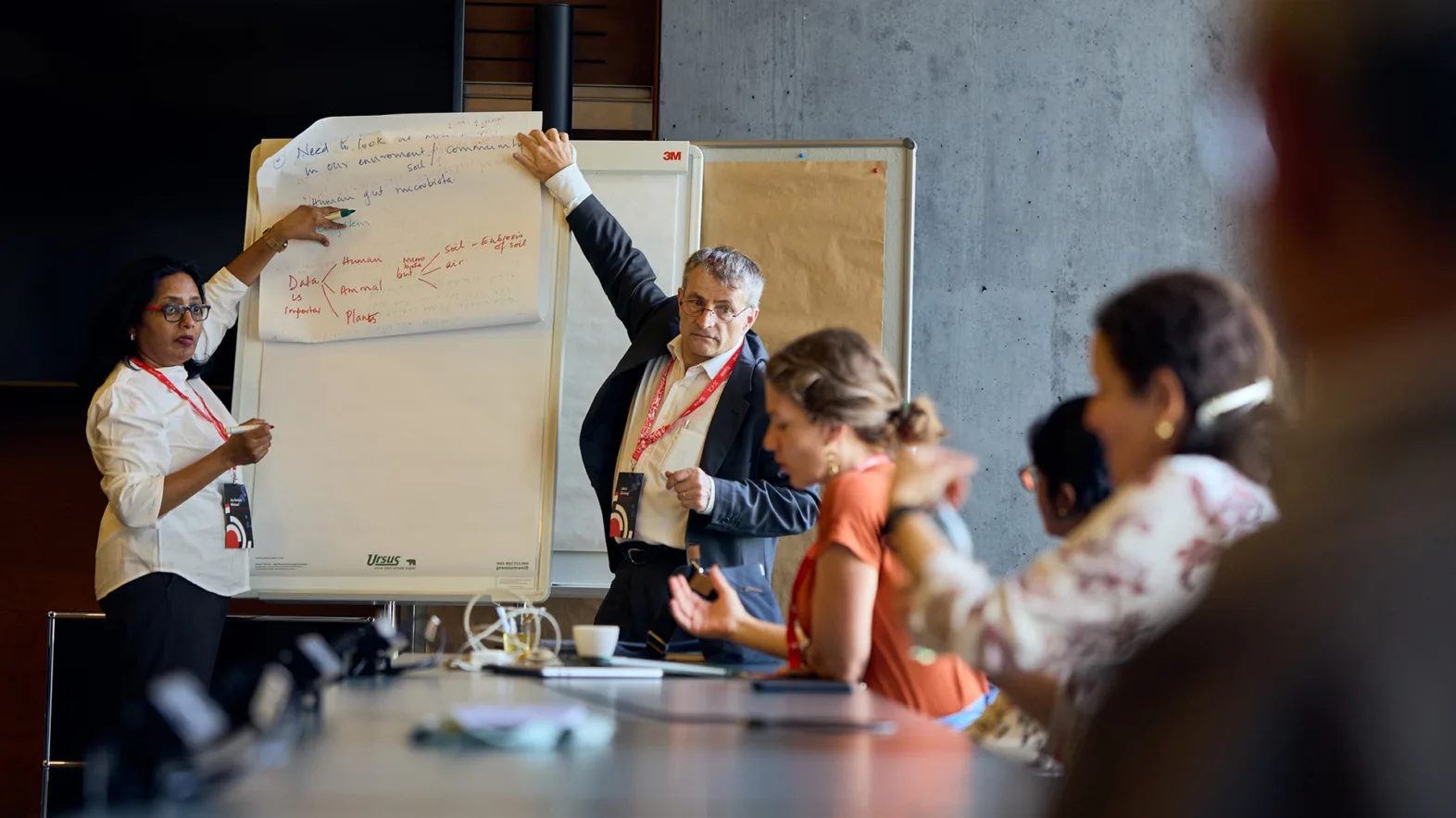
Antimicrobial resistance (AMR) is a mounting global risk: as bacteria, fungi and other microbes evolve to outsmart our existing medicines, routine infections could once again become deadly. To confront this challenge, Swissnex in India with the University of Zurich and other organisations convened the second Indo-Swiss AMR Innovation Dialogue – an ongoing effort, part of the Indo-Swiss Innovation Platform, fostering collaboration between scientists, innovators, and policymakers from both countries.
AMR is projected to potentially become an even larger threat than cancer or diabetes in terms of global public health. What makes AMR an urgent and imminent threat?
AMR is dangerous because it builds slowly and silently – unlike the COVID-19 pandemic, you don’t feel its impact until it’s widespread. There’s been little investment in new antibiotics, partly because pharma companies haven’t seen profits in targeting low- and middle-income countries, where AMR is often most visible.
But resistance spreads globally, and we’re now running out of effective drugs. Unlike cancer or diabetes, AMR is infectious: bacteria and resistance traits can move from patient to patient, especially in hospitals. That contagious nature, combined with the lack of new treatments and a slow response despite clear warnings, makes AMR a truly global health risk.
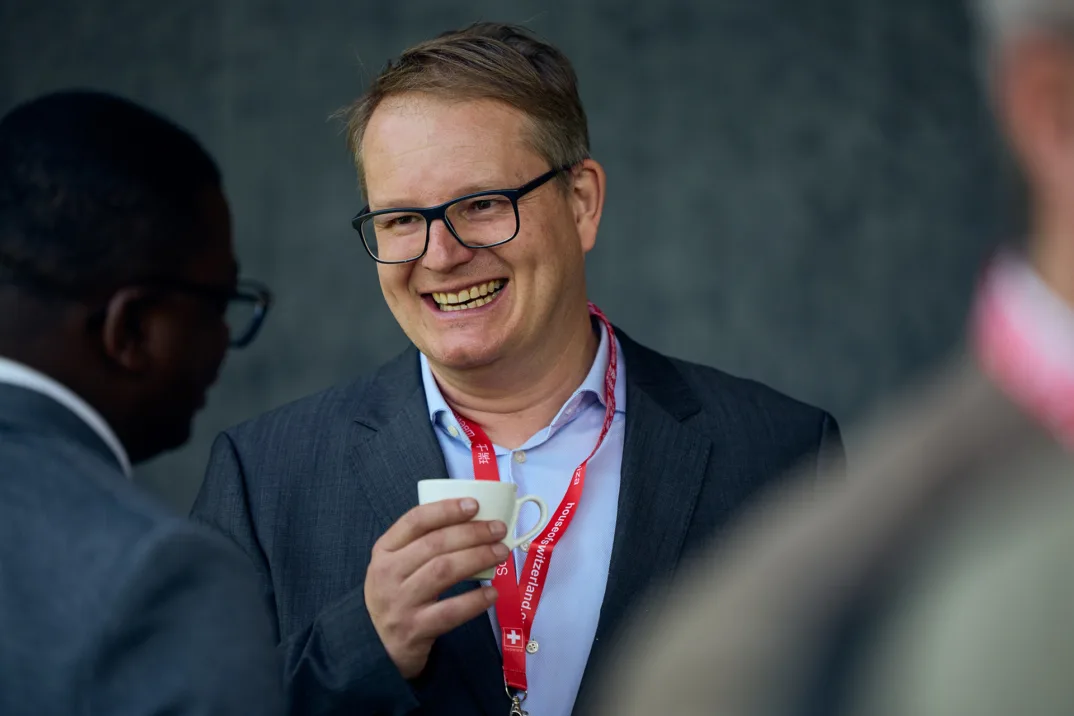
What is unique about the structure of the Indo-Swiss AMR Innovation Dialogue and what do you hope to achieve through it?
The AMR Dialogue stands out for bringing together a diverse group of people from different countries and professional backgrounds, who might not otherwise meet. It wasn’t just another technical conference; it was designed for deep, sustained conversations in a small, in-person setting.
One of the biggest impacts was actually within the Indian delegation: many participants formed meaningful connections that could lead to long-term collaboration. We also had honest, open discussions – without defensiveness – about the complexity of AMR, which, like climate change, isn’t solvable by one country alone. It requires shared responsibility, behaviour change and coordinated action.
I hope this is just the beginning – a platform that grows into a long-term partnership between India and Switzerland, focused not just on exchanging ideas, but on creating real, scalable impact.
How can Indo-Swiss collaboration help tackle the AMR crisis and contribute to finding solutions that the world could potentially benefit from?
Indo-Swiss collaboration on AMR offers real impact through shared knowledge, data and expertise. Trusted counterparts help shift perspectives and improve practices. A key opportunity lies in surveillance and diagnostics, especially in low- and middle-income countries that lack tools to translate sequencing into action.
Since the first AMR Dialogue in 2023, Prof. Adrian Egli (University of Zurich) and Prof. Balaji Veeraraghavan (CMC Vellore) have begun exchanges that leverage complementary strengths. These ties deepen scientific collaboration and can lead to joint proposals with global relevance.
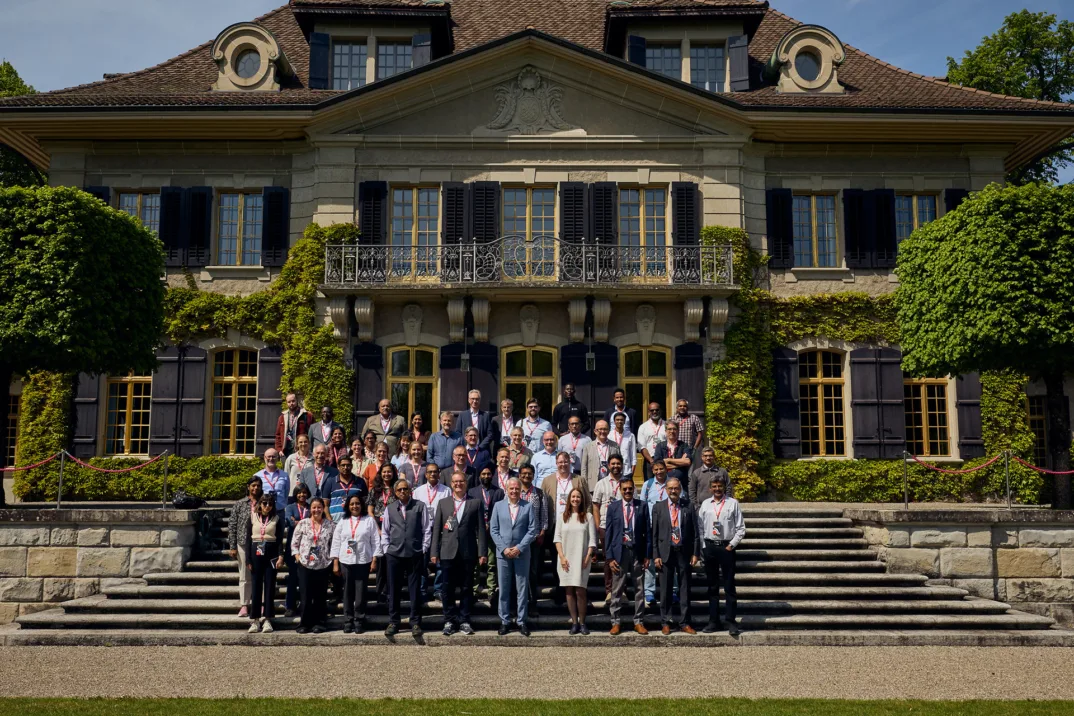
Are there any success stories from the first AMR Dialogue in 2023 and the second AMR Dialogue in 2025?
The AMR Dialogues have been a major success – rare spaces where top experts from India and Switzerland engaged deeply on AMR. Key outcomes include an Indian version of the Swiss AMR database Anresis, developed by Dr. Shraddha Karve and Dr. Andreas Kronenberg; a Nature paper co-authored by Dr. Karve and Dr. Reety Arora; and ongoing exchanges between CMC Vellore and UZH.
Dr. Maneesh Paul-Satyaseela and his wife also pledged two travel grants to attend future AMR Dialogues. These collaborations foster two-way learning, research, and trust – laying the foundation for long-term impact. Future funding, such as the upcoming bilateral funding call from the Swiss National Science Foundation, will be essential to sustain momentum.
What is the Indo-Swiss AMR Innovation Dialogue?
For the second time, the Indo-Swiss AMR Innovation Dialogue took place in April 2025 in Basel, Zurich, Bern and Geneva. This event brings Swiss and Indian experts together to discuss innovative approaches to address AMR and find collaborative ways to confront the crisis. The AMR Dialogue is part of the Indo-Swiss Innovation Platform, an initiative spearheaded by Swissnex in India intended to facilitate not just more partnerships and collaborations between India and Switzerland, but also enable them in more meaningful and purposeful ways.
Contact
Author
